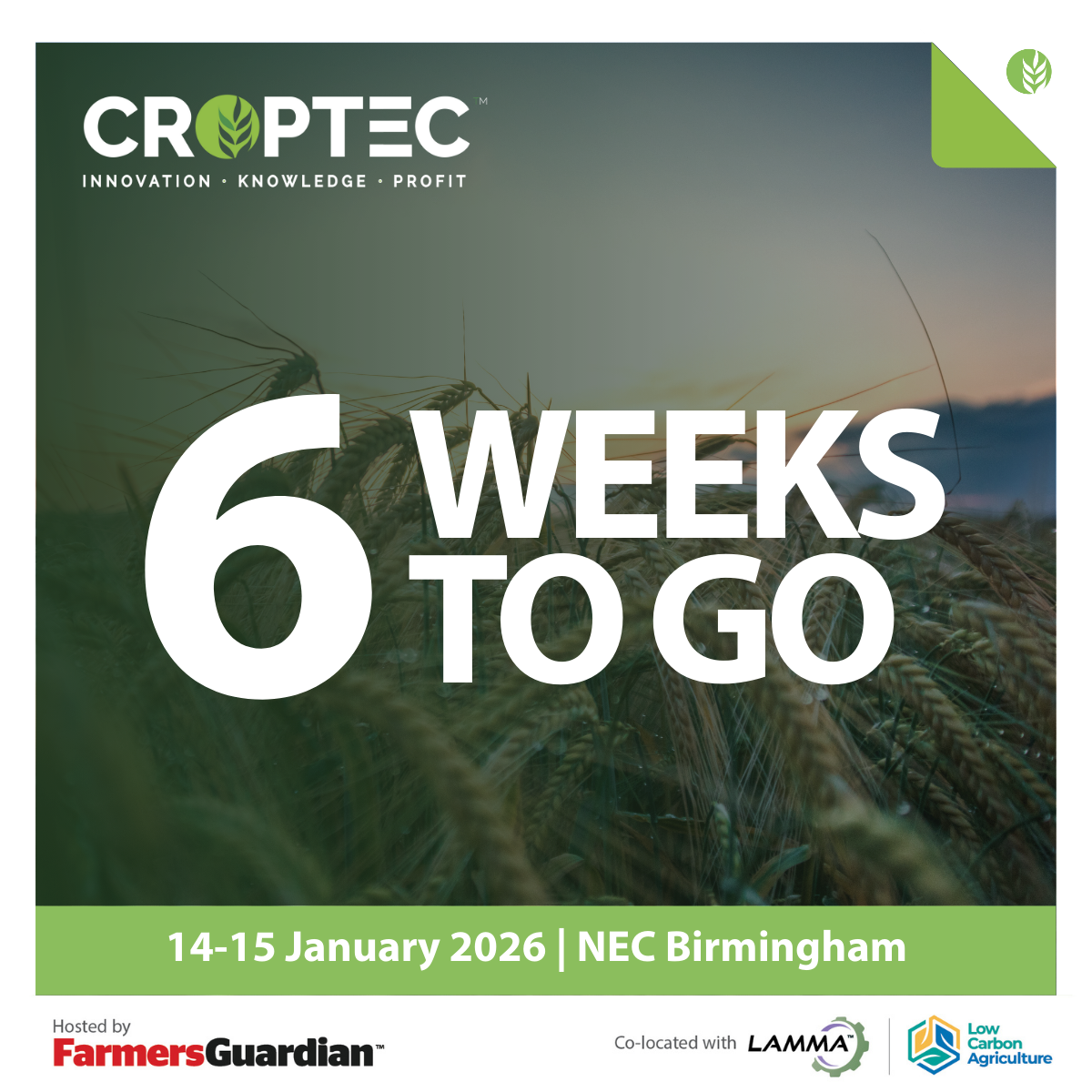Is it time to rethink bruchid beetle control?
by Arable Farming
Added to the loss of chemistry, the seemingly regular hot, dry springs are conspiring to make growing field beans for animal feed rather than human consumption the only viable option in many areas. Marianne Curtis finds out more.
Bruchid beetle is becoming impossible to control in field beans in many of the key growing areas including the East, South East and Midlands.
That is the view of Syngenta field technical manager Dr Max Newbert, who says egg laying pressure in the last couple of seasons has been very high in May and early June due to prolonged hot weather.
This has coincided with the podding period, having a massive knock-on effect on quality. Dr Becky Howard, research and development manager at the Processors and Growers Research Organisation (PGRO), says seed sample data from across the UK shows higher average levels of bruchid damage in the last three years.
Weather
The reason it was so high in 2018 was very hot weather in May and June, which led to much greater activity of the beetles, she says.
She adds that the highest levels of damage tend to occur in the South, South East, East and Midlands.
We are seeing a gradual creep northward, but as you reach Yorkshire and further north it starts to decline and it also appears to be less severe in the South West and West. Bruchid damage needs to be less than 3-5% to meet the human consumption grade market specification and this is becoming very difficult to achieve where temperatures and bruchid beetle pressure are high, says Dr Newbert.
There are areas further north where there is less bruchid but that does not mean none.
Even in Scotland we are finding bruchid now. The high temperatures in traditionally important bean growing areas have triggered large numbers of spray events in the PGRO/Syngenta forecasting tool, BruchidCast, to the extent Syngenta has discontinued it for the 2021 season and beyond, says Dr Newbert.
With BruchidCast, users could enter their postcode and, using weather forecasting data, the tool would trigger a spray event following two consecutive days with a maximum temperature of 20degC or more.
Over the last couple of years we had got to the stage where there were seven to eight distinct spray events, says Dr Newbert.
Targeted
It was not a sensible stewardship tool any more, with people getting weekly, if not daily, spray warnings.
This does not help growers make applications in a more targeted manner, which means it does not offer a benefit to the majority. Control of bruchid beetle has also suffered a setback due to the loss of thiacloprid (its last season of use was 2020), which could be used in tandem with pyrethroids, such as Hallmark Zeon, adds Dr Newbert.
We were previously advising starting with pyrethroid to knock down adults, then Biscaya , it is therefore not surprising to find incidence of pyrethroid resistance starting to be detected.
We know there is resistance, which seems to be metabolic, but apart from that we know little about the frequency or location of it.
Damage
Where bruchid damage is likely to be high, it is difficult to recommend spraying, says Dr Newbert.
We had a bad year for bruchid in 2019.
We were finding up to 60% damage.
At such a high damage pressure it is difficult to control.
If you are getting 10-20% damage, there is the possibility of getting control.
Where most beans are likely to be damaged it is very difficult to recommend spraying, especially if there are predictions of a hot year.
You are better to go for the feed market as you may earn less by chasing the human consumption premium than not spraying at all. New chemistry or alternative approaches are too far out to be of any immediate help and require several more years of work, he adds.
Trap cropping
The role of trap cropping in bruchid control is being investigated at PGRO, starting this season and continuing for three years.
The trap crops will be either autumn-sown beans or very early-sown spring beans and other hosts, such as vetches, with the aim of keeping bruchid out of the main crop, adds Dr Howard.
Pheromone and plant volatile attractants will be placed into the trap crops.
We have floral attractants for bruchid and hope these may increase the âpull into the trap crop area and away from the main crop.
We are also investigating the use of pheromones to attract pea and bean weevils into the trap crop area and away from the main crop.
We will put the bruchid lures in the trap crop from mid-March, with the aim of keeping beetles, which emerge in April, in the trap crop area. Varietal resistance is also an area that is being explored, says Dr Howard.
We have observed some slight differences between varieties relating to timing of flowering and pod set, but there is not sufficient data to make robust decisions about the use of varieties to manage the pest.
Work continues in France to investigate varietal resistance but there are not any commercially-available resistant varieties at the moment. It is thought resistance is related to phenological characters, such as timing of flowering and pod set, and also the ability of larvae to penetrate pods and develop in seeds.
.png)

